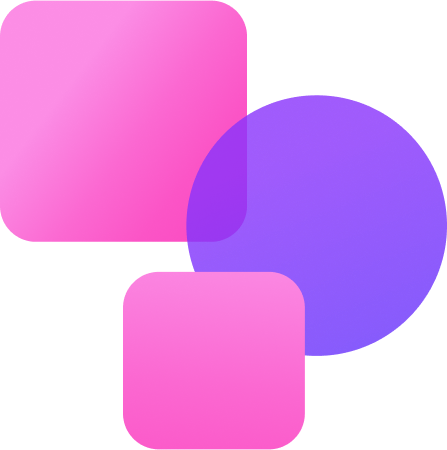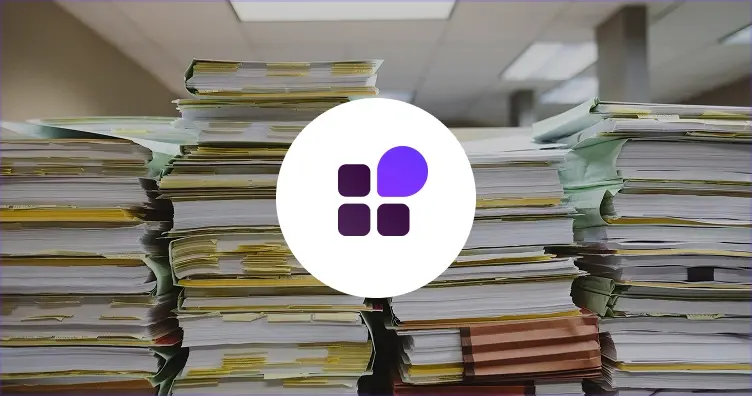If you’re the customer of one very large virtualisation vendor, you may feel like you’ve been dealt a pretty bad hand over the last few months. With the long-term impact of new licensing and support programmes up in the air, organisations are seeking guidance from IT service providers on how they can best plan for, and manage, their virtualised infrastructure going forward.
As a virtualisation specialist with experience across all major solutions, the Celerity team focus on how to support companies in line with their unique business context – not vendor priorities. This begins with listening to our customers’ expectations and experiences, and leveraging distribution and partner connections to provide wrap-around support.
If you’re a current VMware customer and are unsure about what to do, our intention is to make sure the deck is fully stacked in your favour. It’s in this spirit that two of our most experienced Technical Architects; Ed Yates and Steve Laidler, have pulled together a quick guide on how to avoid taking a virtualisation gamble by using Red Hat OpenShift.
Stick or twist?
What are the key questions for existing VMware customers to ask?
The initial question we heard from boardrooms across our customer base after the Broadcom announcement was: “What can we do about it?”. And it’s a question we’ve been helping them to answer ever since.
A good way to prepare for any conversation with an IT service provider such as Celerity is to draft up the following baseline information – especially if you have a renewal coming up:
- What does your environment look like now?
- What were you expecting to pay?
- What are your understanding of the changes?
Equipped with this information, you’ll be able to get an idea of what the new model will look like when applied to your context. This can help you decide whether to stick or twist!
Higher or lower?
What are the deciding factors in whether the new VMware model is appropriate?
It’s important to be clear on your organisational ambitions as this will help IT service providers to right-size the options available to you. You should be ready to answer the following questions:
- What platforms and apps are you running on premise and in the cloud?
- What does your digital transformation roadmap look like?
- Are you enterprise and bleeding edge? Or more cautious about change?
- What stage are you at with cyber security, back up and DR?
Pick a card
Is there a standard offer for existing VMware customers?
Be wary of anyone who presents you with a service where it feels like ‘this is the answer, what’s the question?’. At Celerity we have the privilege of being able to access Red Hat Proof of Concept (POC) offerings plus commercial and technical support, but these may not suit everyone.
Look for workshops or scoping exercises where you can express your requirements and assess what the options are to get you to where you want to be.
Nothing up our sleeves

What are the common myths about OpenShift?
Myth 1: It’s Too Expensive
Whilst there will be costs associated with switching hypervisors, it’s important that any IT service provider offers you a detailed breakdown beyond simply a license comparison. At Celerity, we’ll bring together an overall picture that not only illustrates cost, but also the savings that could be made by way of exercises such as shrinking a five-to-10 year strategy down to two-to-three years.
Myth 2: It Doesn’t Support Microsoft Workloads
This is a very common misconception. In fact, OpenShift fully supports Microsoft workloads and Windows VMs. Comprehensive vendor interoperability means you’ll get consistency, longevity and protection. It also means you can move your apps into a cloud-native containerised world when it suits you.
Myth 3: It Will Mean Vendor Lock-In
Many organisations have been burned from going all-in with hyperscalers when it was a case of “It’s cheap and it works”. Fast forward to today, and what we have are mature and powerful offerings with Rolls Royce pricing that feel difficult to move from. Because OpenShift is open source, it reduces the risk of lock-in and offers far greater flexibility in where it can run.
A winning hand
What’s one of the biggest wins that OpenShift delivers?
To sum it up in a sentence: OpenShift helps organisations who are stuck with legacy apps – without costing them a fortune.
The bigger picture is we’re still encountering businesses who 15 years ago were talking about getting off platforms but are stuck because they’re trying to re-write the application first.
If your organisation is in this position, you’re not alone. The great news is that OpenShift can help you make the first jump. Plus, even if you never move beyond taking the first step, you’re on an open platform, where you can run legacy VMs with a greatly reduced chance of lock-in.
There’s a good commercial argument too as you don’t have to buy the full OpenShift OCP+ stack. You can start small with the entry-level Kubernetes engine which is cheap, has the ability to run legacy VMs and contains the licensing entitlement for Red Hat virtual machines.
Have you been dealt a difficult hand? Talk to us!

 Cyber Recovery
Cyber Recovery



